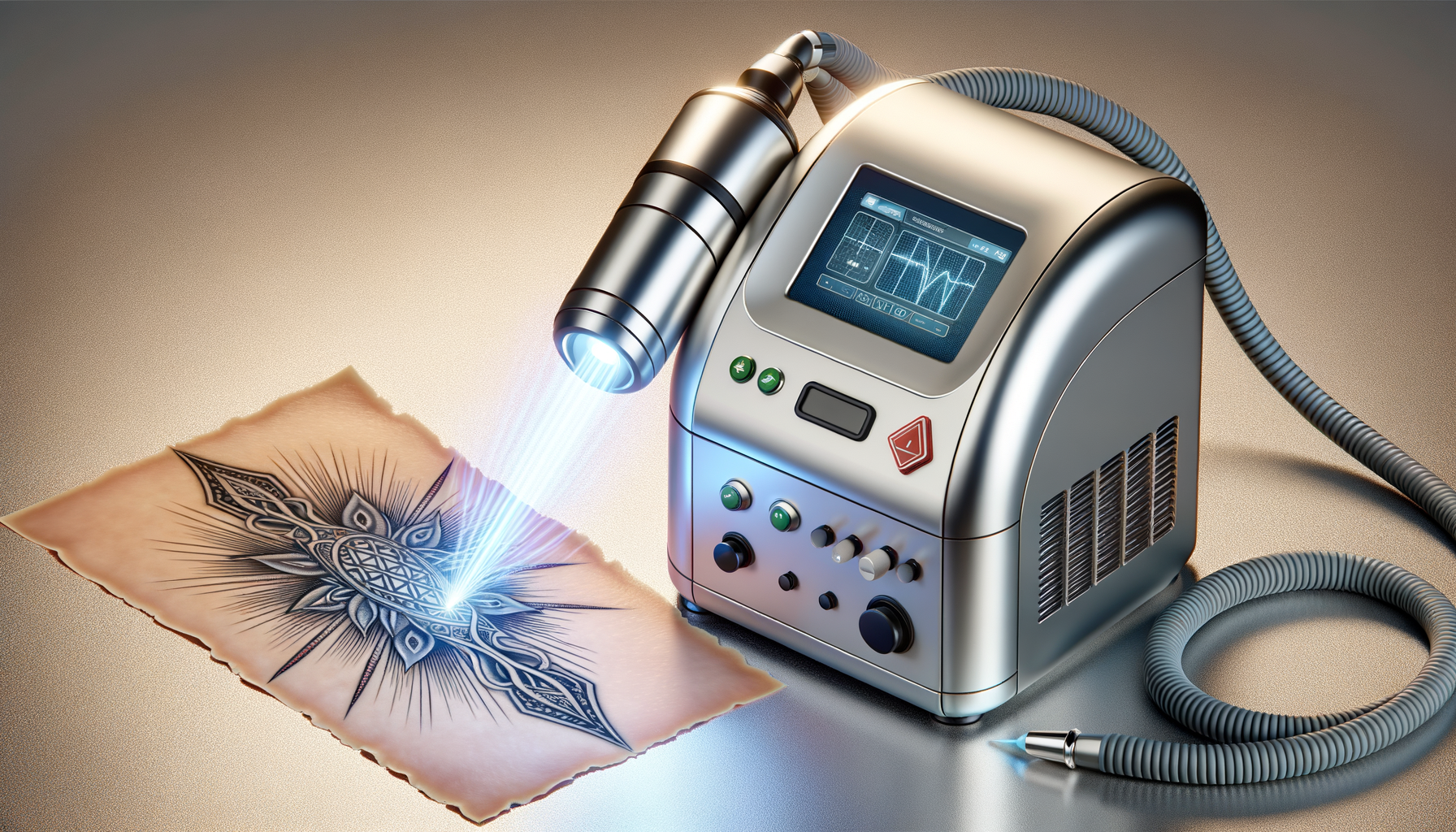How Mindfulness Supports Women’s Mental Health
What is Mindfulness?
Mindfulness is the practice of being fully present in the moment—observing your thoughts, feelings, and environment without judgment.
Why Women’s Mental Health Needs Mindfulness
Stress, anxiety, and depression disproportionately affect women. According to the American Psychological Association (APA), women are twice as likely as men to experience clinical anxiety and depression. Hormonal factors, caregiving roles, and workplace inequalities all contribute to this reality. Mindfulness, which reduces stress and promotes emotional resilience, can be a powerful and accessible tool to counteract these challenges.
The Science Behind Mindfulness
Studies show that those who regularly engage in mindfulness and meditation experience significant mental health benefits. A 2018 study published in JAMA Internal Medicine revealed that mindfulness meditation reduces symptoms of anxiety, depression, and even physical pain.
Pro Tip: Start small—even five minutes of focused breathing per day can significantly improve your mental well-being over time.
Guided Practices for Mindfulness and Meditation
1. The 5-Minute Breathing Exercise
This simple exercise can be your entry point into mindfulness.
- Find a quiet space and sit comfortably.
- Close your eyes and focus on your breath.
- Breathe in deeply for 4 seconds, hold for 4 seconds, and exhale for 6 seconds.
- Repeat this for 5 minutes while gently bringing your mind back to the breath whenever it wanders.
When to try this: Start your day with this practice or use it as a reset during hectic moments.
2. Body Scan for Stress Relief
Body scan meditation helps you connect with your body and release tension.
- Lie down in a comfortable position.
- Starting from your toes, slowly bring your awareness to each part of your body, moving upward to your head.
- Notice areas of tension without trying to change them.
- Take a deep breath and imagine releasing tension from these areas.
Pro Tip: Use a guided meditation app like Headspace or Calm to walk you through this at bedtime.
3. Mindful Journaling
Journaling mindfully can help you process emotions and gain clarity.
- Set aside 10 minutes each evening.
- Write freely about your day—your feelings, what you’re grateful for, or what felt challenging.
- Don’t judge or edit—just open room for self-reflection.
4. Gratitude Meditation
Gratitude meditation can enhance positive emotions by shifting focus from what you lack to what you have.
- Sit quietly and close your eyes.
- Think of three things you’re grateful for, no matter how small—your morning coffee, a kind word from someone, or the beauty of nature.
- Reflect on them deeply for a few minutes.
Comparison Table of Mindfulness Practices
| Practice | Duration | Purpose | Best For |
|---|---|---|---|
| Breathing Exercise | 5 minutes | Calms the mind | Beginners and busy professionals |
| Body Scan | 15 minutes | Release tension | End-of-day relaxation |
| Mindful Journaling | 10-15 minutes | Process emotions | Improving self-awareness |
| Gratitude Meditation | 5 minutes | Enhance positivity | Cultivating optimism and appreciation |
| Walking Meditation | 10-20 minutes | Focus on surroundings | Combining mindfulness with gentle physical activity |
| Loving-Kindness Meditation | 10 minutes | Promote compassion | Building better relationships with self and others |
How to Stick with Your Mindfulness Practice
1. Start Small
Begin with just 3–5 minutes and gradually build up as you grow more comfortable.
2. Create a Routine
Consistency is key. Anchor meditation to your daily routine, such as practicing just before bedtime or as soon as you wake up.
3. Find Accountability
Join mindfulness groups or share your goals with a friend to stay motivated.
4. Use Resources
You don’t have to go it alone. Apps like Calm, Insight Timer, and books like Mindfulness for Beginners by Jon Kabat-Zinn are excellent guides for ongoing practice.
FAQs on Mindfulness & Meditation for Women
1. “I can’t sit still or stop my thoughts—can I still meditate?”
Yes! The myth of “emptying your mind” discourages many. Meditation isn’t about stopping thoughts—it’s about observing them without attachment.
2. “How quickly will I see benefits?”
Most people notice reduced stress levels with consistent practice after a week or two. Larger benefits, such as emotional resilience, become clearer over months.
3. “Do I need special equipment?”
No equipment is required! Optional aids, like a meditation cushion or guided apps, can help you feel more comfortable, but they aren’t essential.
4. “Can mindfulness help with hormonal health challenges?”
Yes, mindfulness practices have shown promise in managing symptoms of PMS, menopause, and even fertility-related anxieties.
Your Next Step to Wellness
Mindfulness and meditation are not one-size-fits-all solutions, but they offer powerful tools to manage mental health challenges, particularly for women experiencing unique stressors. Start by incorporating one or two of the practices listed above into your daily routine.
Looking for additional guidance? Check out apps like Calm or books such as The Mindful Woman by Sue Patton Thoele for further support.
Begin your mindfulness and meditation journey today. The commitment you make to your mental health now will pay dividends in every corner of your life.




Leave a Reply